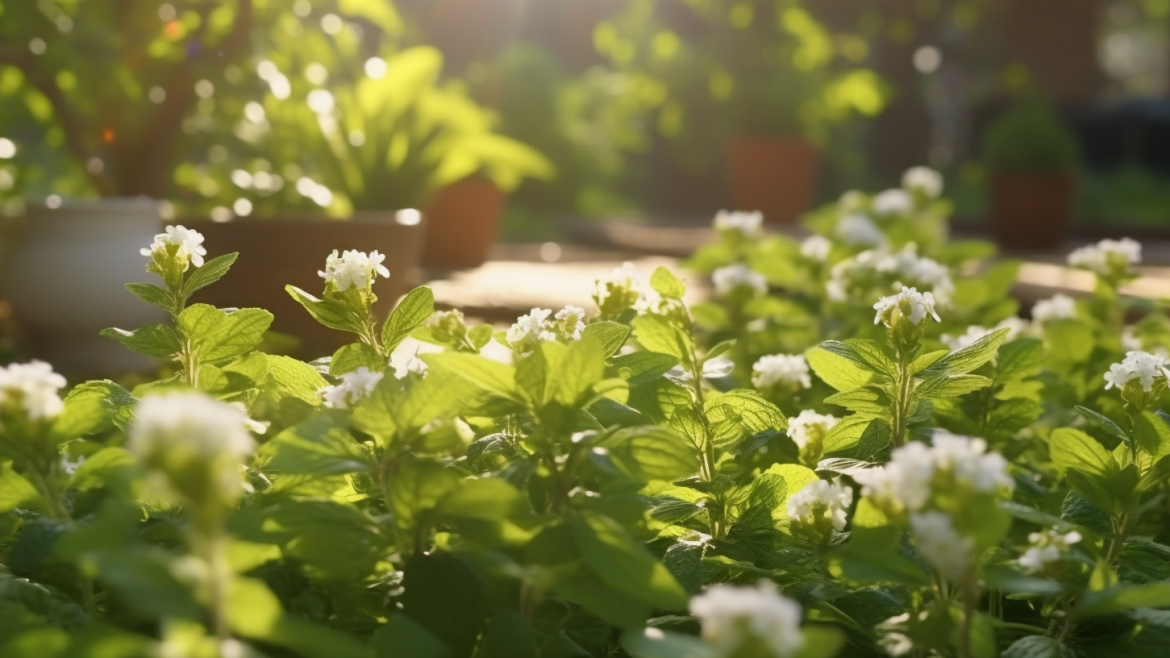Welcome back, tea enthusiasts! With your garden design complete and your plants selected, it’s time to embark on the journey of cultivating and maintaining your very own tea garden. In this article, we’ll explore the nuances of planting, growing, and harvesting your tea plants. Our goal is to equip you with the knowledge and confidence to cultivate a thriving, fruitful tea garden that will serve as your personal paradise.
Planting and Caring for Your Tea Plants: Soil, Water, and Sunlight Requirements
As you prepare to plant your tea garden, it’s crucial to understand the unique requirements of each plant. Soil, water, and sunlight are the lifeblood of any garden, and striking the right balance for each plant will ensure a bountiful harvest.
- Soil: The majority of tea plants thrive in well-draining soil with a slightly acidic pH level. Before planting, consider testing your soil’s pH and amending it if necessary. Adding organic matter, such as compost or aged manure, can improve soil structure and provide essential nutrients.
- Water: Consistent, moderate watering is key to maintaining healthy tea plants. Over-watering can lead to root rot, while under-watering may cause plants to become stressed and less productive. Adjust your watering schedule based on the specific needs of each plant, as well as seasonal and weather conditions.
- Sunlight: Most tea plants prefer full sun or partial shade, though some may have specific light requirements. Position your plants in areas of the garden that receive optimal sunlight based on their individual preferences.
Regular care is essential to keeping your tea plants healthy and productive. Monitor your plants for signs of pests or diseases, and address any issues promptly to prevent them from spreading. Prune plants as needed to encourage growth and maintain a pleasing shape.
Harvesting Techniques: Picking Leaves for Maximum Flavor and Freshness
The moment you’ve been waiting for has arrived—harvesting your tea leaves! The technique and timing of your harvest play a vital role in the flavor and freshness of your tea.
For traditional tea plants like Camellia sinensis, the young, tender leaves and buds at the top of the plant are ideal for harvesting. These leaves offer the most delicate and nuanced flavors. Use your fingertips or small scissors to carefully pluck the leaves, taking care not to damage the plant.
When it comes to herbal tea plants, the ideal harvest time and technique vary depending on the plant:
- Chamomile: Harvest flowers when they are fully open, typically in the morning after the dew has evaporated.
- Mint and Lemon Balm: Pick leaves before the plant begins to flower for the best flavor. Harvest in the morning for the highest concentration of essential oils.
- Lavender: Cut flower spikes just as the first few flowers begin to open. Harvest in the morning for the most potent fragrance.
After harvesting your tea leaves, you’ll need to process them according to the type of tea you wish to make. This may involve withering, rolling, oxidizing, or drying the leaves.
As we wrap up our exploration of tea garden cultivation, we invite you to join us in the final article of this series, “Mastering the Art of Blending: Crafting Your Personal Herbal Tea Creations.” Discover the secrets of blending harmonious and flavorful tea combinations that will delight your taste buds and elevate your tea garden experience to new heights. Are you ready to create your signature tea blend? Let’s embark on this flavorful adventure together!




